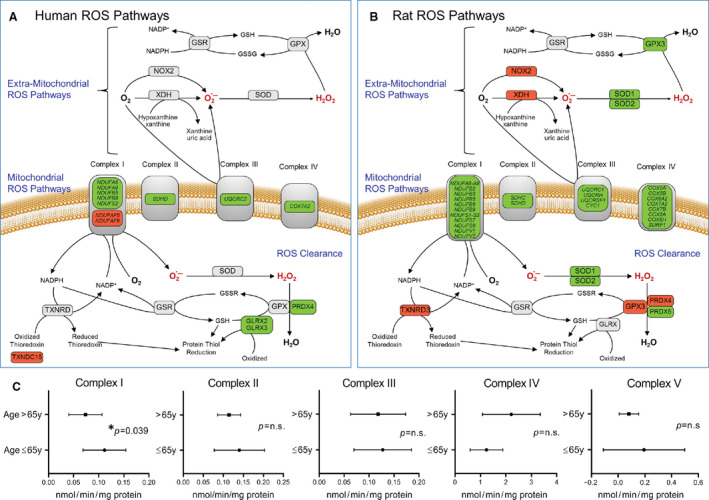Figure 2. Differentially expressed genes associated with mitochondrial and extramitochondrial ROS metabolism pathways.

Transcriptomic changes in genes associated with ROS metabolism (ROS production and clearance) in aged human and rat hearts compared to adults (detail annotations found in Table S4). Shown here is a schematic representation of ROS production and clearance pathways, highlighting the genes in (A) aged human atria and (B) aged rat myocardium that are significantly upregulated (red) and downregulated (green) when compared to adult hearts. Genes that show no change in expression are depicted in gray. C, Functional activities of mitochondrial complexes as an indicator of oxidative phosphorylation in human atrial tissue of adult (age 18–65 years) and elderly (aged >65 years) patients with well‐preserved atrial and ventricular function who underwent open heart surgery. Data are expressed as nmol/min/mg protein and presented as mean±standard deviation. Complex I (n=11 for adults and n=25 for elderly), Complex II (n=9 for adults and n=25 for elderly), Complex III (n=5 for adults and n=10 for elderly), Complex IV (n=12 for adults and n=10 for elderly), and Complex V (n=11 for adults and n=25 for elderly) comparison of the adult and elderly groups was performed using t test, with significance set at P<0.05. ROS indicates reactive oxygen species.
